When going backpacking, one of the biggest challenges is packing everything. Because of that, we’ve made this short guide on how to pack a backpack.
A Note on Backpacks
As you might have guessed, its quite tough to pack a backpack without an actual backpack. So, first things first, you’ll want to get a backpack. There are two key things to look for in a backpack: Size and Fit.
I’ve always used a 60:70 litre backpack for most expeditions, as it is big enough for all my gear, without being too big. The reason for the two numbers is thanks to the expandable pockets, which add 10 l.
You really need a backpack that actually fits. This really should mean having an adjustable back system, allowing you to change the length between the hip belt and the shoulder straps. If you do decide to go for the (typically cheaper, but lighter) non-adjustable ones, you really should try it before you buy it.
Make sure to fit your backpack after packing it. Bags often are a different shape when empty.
What to Bring
This guide will show you how to pack your typical camping gear. For a more detailed look into what to bring, check out this guide.
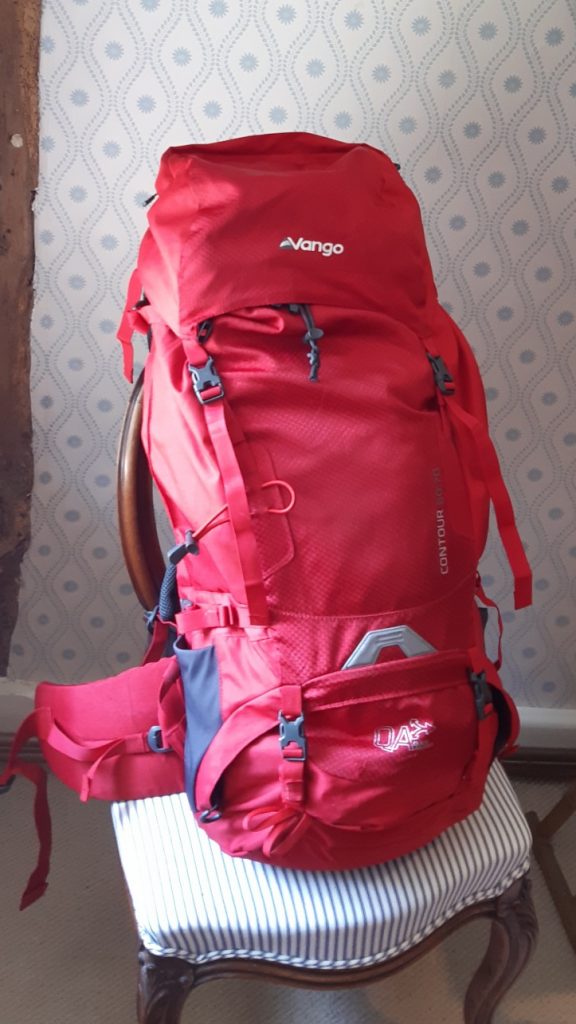
1. Bulky / Heavy Items
It’s a good idea to start packing your bulky and/or heavy items first. This is for two reasons. Firstly, you want most of the weight to be near the back of the backpack (nearest your back). This makes the bag more comfortable, as it puts less strain on your back, and flaps around less. Secondly, it is a lot easier to pack small items around bigger ones.
At the same time, you also want to think about what you’ll need, and when.
Because of this, I first start with my stove / cookset, as it’s usually the first thing I need in camp. I put this at the bottom of the backpack, next to the zippered opening to the backpack.
Next, I put my shelter into the same area. If your shelter comes with poles, it helps to have these separate, and sit them along the length of the backpack, nearest your bag. This will likely fill up all the space at the bottom of the backpack.
Next comes your backpack liner. I use a dry bag, but a rubble sack, or a doubled up bin bag works in a stretch.
If you have a hydration pack, you’ll want to put this in the gap between the back of the bag and the rucksack liner. There’s often a hook / pocket here, and it avoids any soaked sleeping bags.
In this goes my sleeping bag and roll mat. These go at the bottom of the bag liner, as they’re the last things I’ll need in camp. If your roll mat is one of the big foam ones, it often makes more sense to put on the outside of the bag, as I’ll show later.
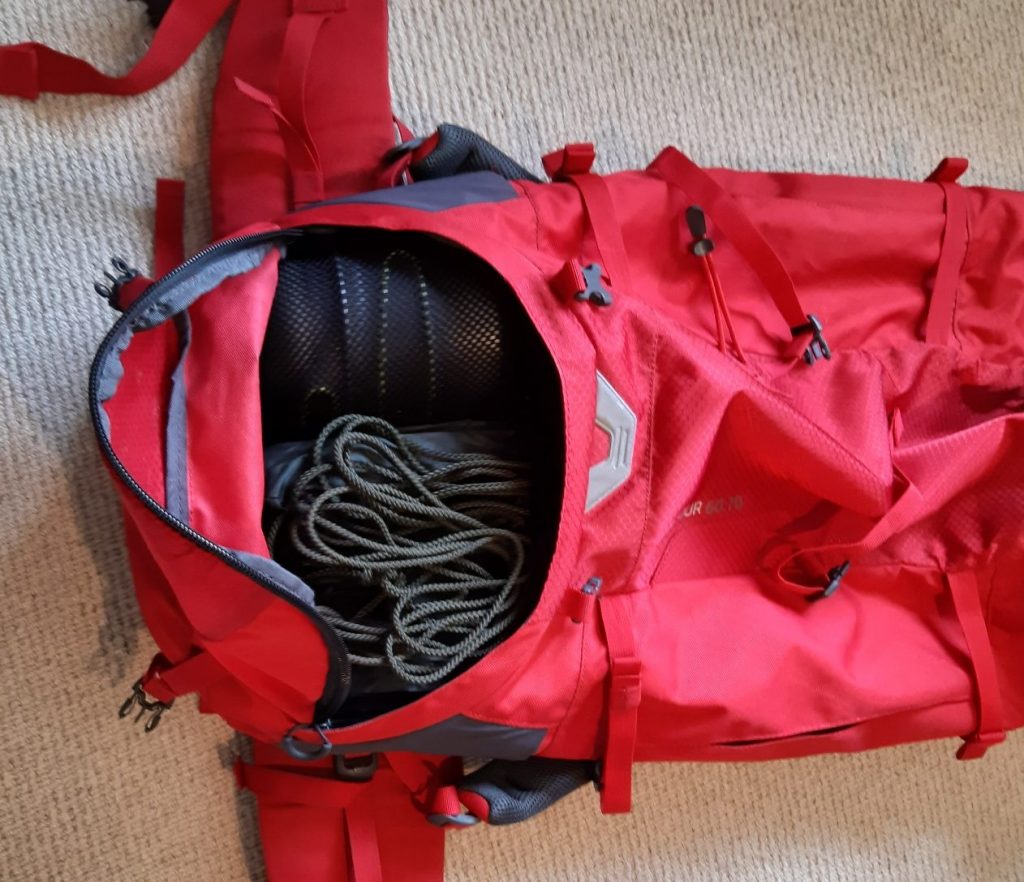
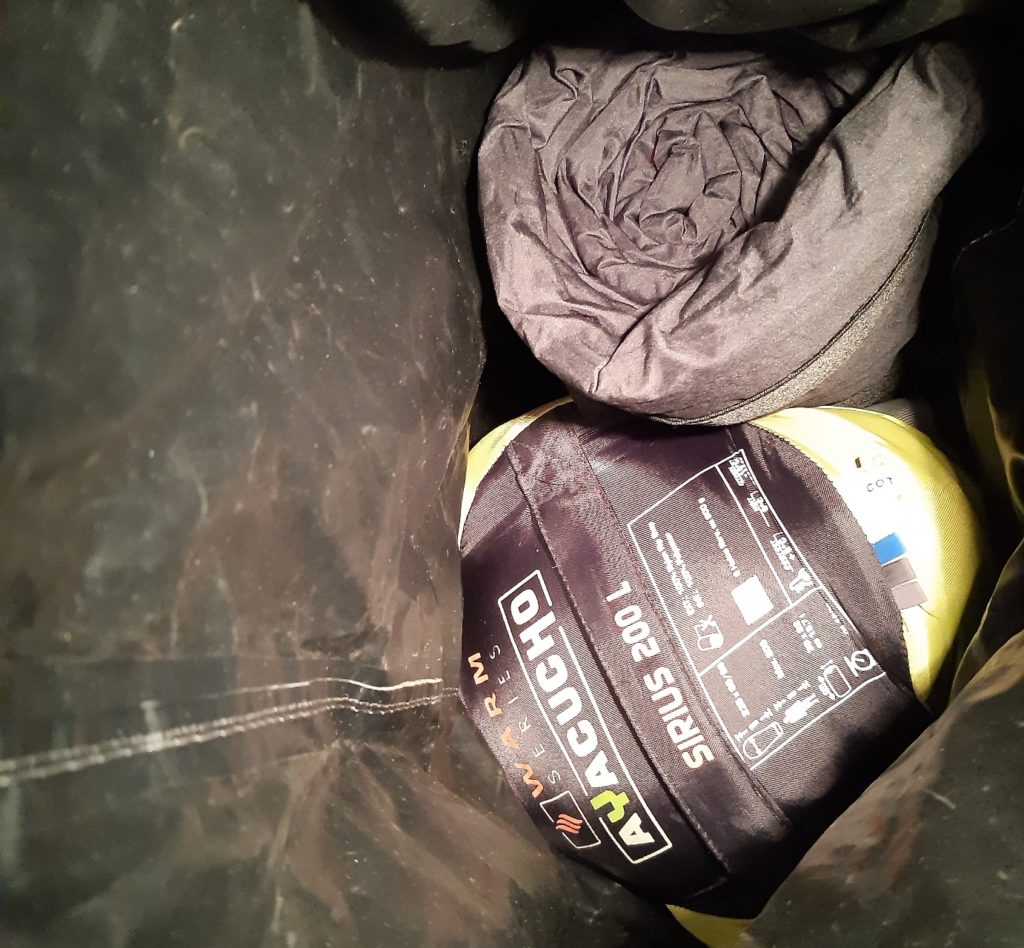
2. Smaller Items
Now that we’ve got the bulky items into the bag, we want to start with the smaller items that we wont need as much. This usually means spare clothes, wash-kit, towel and the like.
With this, I find it easiest to squeeze these in the gaps around my sleeping bag and roll mat, making the most of the space.
3. Food
The next step in how to pack a backpack is fitting your food in. As much as I like pasta sauce all over my sleeping bag, I pack my food outside the main backpack liner.
To do this, I split my food into lunch + snacks, and breakfast + dinner. I put all my lunch and snacks into the side pockets of my backpack so they are easily accessible. If there is extra space, I put some of the other food in here. For the rest, this goes in a plastic bag above my backpack liner.
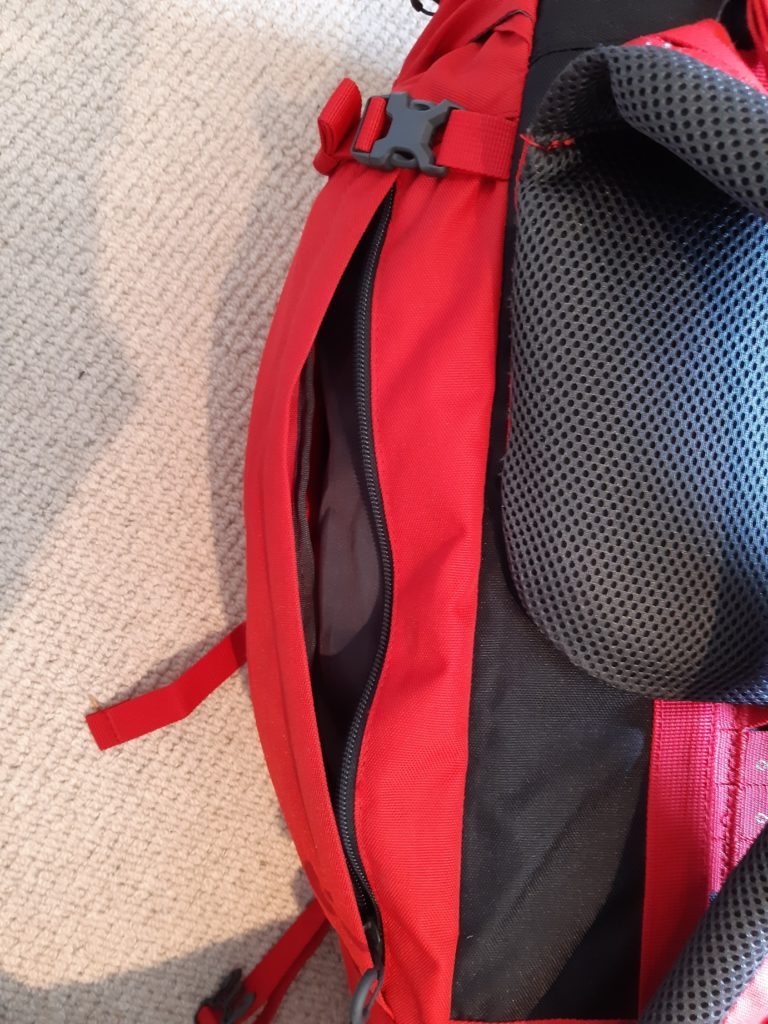
4. Essential Items
The final step in packing is packing the essential items. These are the items that I need right away during the day, like my first aid kit, waterproofs, extra layers. I also include my valuables (electronics, money etc.); as it makes it really easy to check for these when leaving camp.
I like to put these items in separate plastic bags – that way while getting one thing, the rest stays dry. These bags then go in both the top pocket of my bag, and in the space left at the top of my bag. I double bag my electronics; I’ve already lost one phone to water on this expedition.
This is also the point where, if your roll mat didn’t fit inside the bag, you should strap it on the outside.

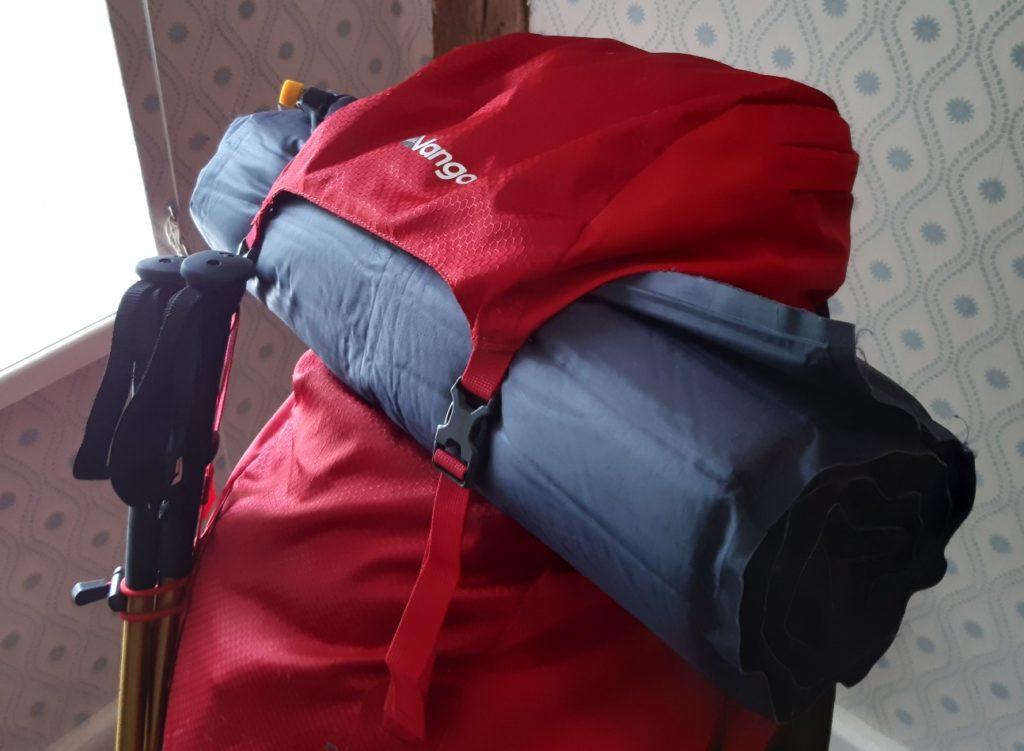
Last but definitely not least comes your water bottles. These go in their own holders on the side of the backpack, and since I don’t take a hydration pack, I like to put one extra at the top of my bag. I aim for 2-3 litres of water.
If you’ve done everything right, you should end up with one fully packed backpack, ready for anything you want to throw at it. All you need to now is fit the backpack. Cotswold Outdoors has done this great guide on how to fit a rucksack.

